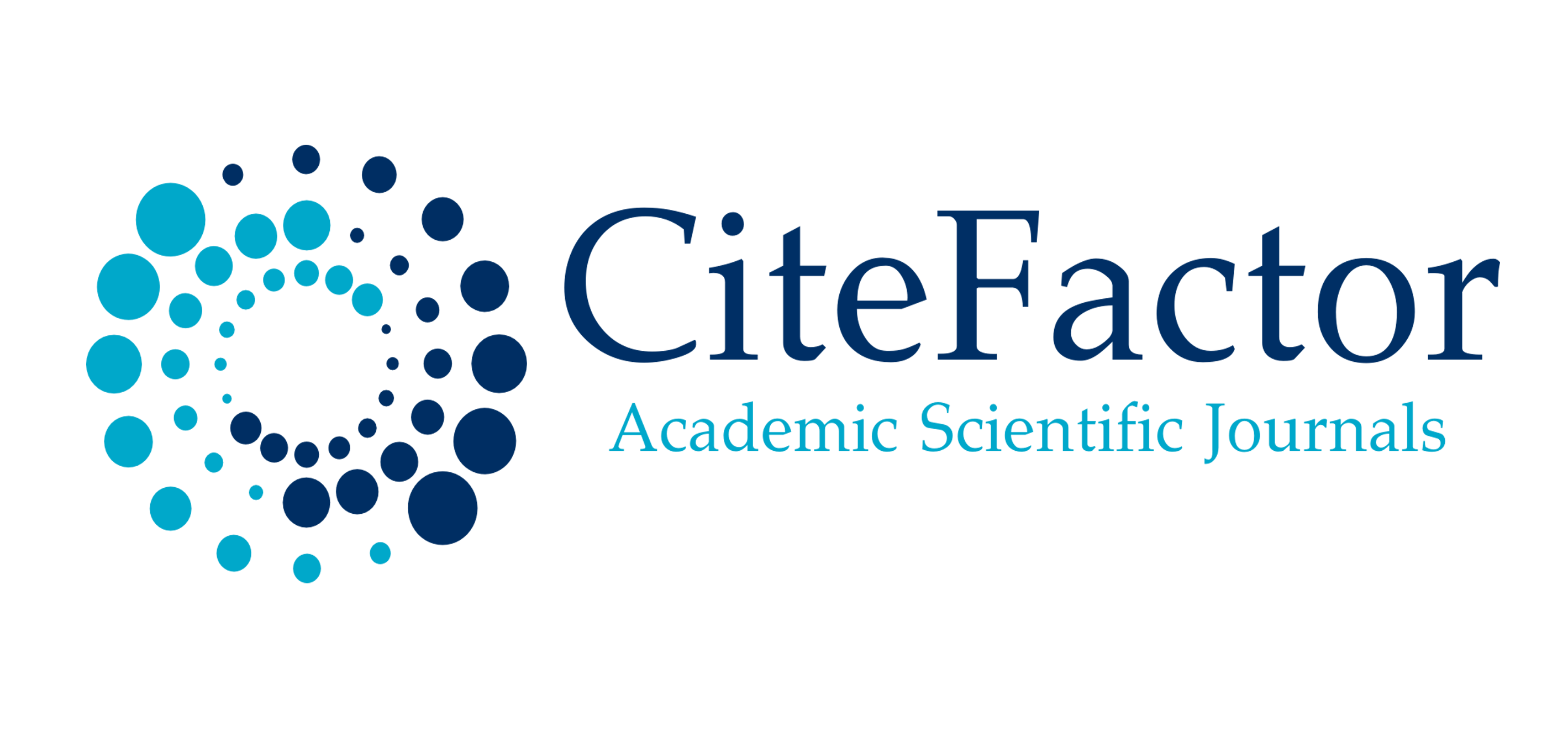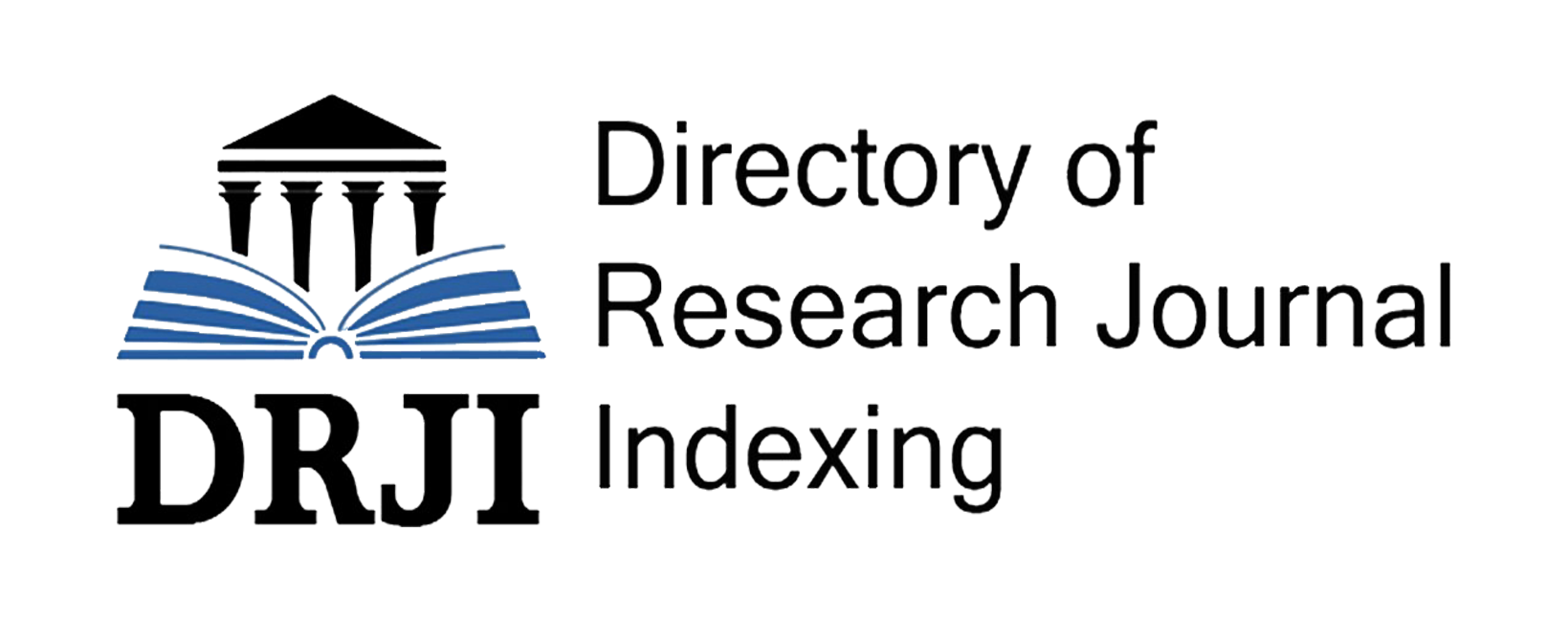USE OF INNOVATIVE TECHNOLOGIES IN TEACHING FOREIGN LANGUAGES
Keywords:
Subject mastery, higher education, blended learning, online learning, studentled research, mindfulness, gamificationAbstract
This article explores the development of students' ability to learn subjects in higher education institutions. It discusses various strategies and factors that contribute to subject mastery, including blended and online learning, student-led research and projects, mindfulness and well-being, gamification and interactive learning, adaptive feedback and coaching, global perspectives and international collaboration, social-emotional learning, continuous assessment and feedback, industry partnerships and internships, reflective portfolios and ePortfolios, peer collaboration and cooperative learning, experiential learning, the flipped classroom model, individualized learning plans, mentorship programs, critical thinking development, capstone projects, continuous professional development for instructors, peer tutoring and teaching assistantships, and data-driven decision making. By implementing these approaches, higher education institutions can create an environment that fosters active engagement, critical thinking, and a deep understanding of subjects, enabling students to master their chosen fields of study.
References
Bangert-Drowns, R. L., Kulik, C.-L. C., Kulik, J. A., & Morgan, M. T. (2004). The instructional effect of feedback in test-like events. Review of Educational Research, 74(2), 213-248.
Chieffo, L., & Griffiths, L. (2004). Large-scale assessment and student learning in higher education: What we know and what we need to know. Higher Education Research & Development, 23(4), 411-433.
Deardorff, D. K. (2009). The SAGE handbook of intercultural competence. Sage Publications.
Durlak, J. A., Weissberg, R. P., Dymnicki, A. B., Taylor, R. D., & Schellinger, K. B. (2011). The impact of enhancing students' social and emotional learning: A meta-analysis of school-based universal interventions. Child Development, 82(1), 405-432.
Freeman, S., Eddy, S. L., McDonough, M., Smith, M. K., Okoroafor, N., Jordt, H., & Wenderoth, M. P. (2014). Active learning increases student performance in science, engineering, and mathematics. Proceedings of the National Academy of Sciences, 111(23), 8410-8415.
Garrison, D. R., & Vaughan, N. D. (2008). Blended learning in higher education: Framework, principles, and guidelines. John Wiley & Sons.
Hattie, J., & Timperley, H. (2007). The power of feedback. Review of Educational Research, 77(1), 81-112.
Healey, M., & Jenkins, A. (2009). Developing undergraduate research and inquiry. Higher Education Academy.
Kuh, G. D., & O'Donnell, K. (2013). Ensuring quality and taking high-impact practices to scale. Association of American Colleges and Universities.
Landers, R. N., Bauer, K. N., Callan, R. C., & Armstrong, M. B. (2015). Psychological theory and the gamification of learning. In Gamification in education and business (pp. 32-58). Springer.
Means, B., Toyama, Y., Murphy, R., Bakia, M., & Jones, K. (2013). Evaluation of evidence-based practices in online learning: A meta-analysis and review of online learning studies. US Department of Education.
Prince, M. (2004). Does active learning work? A review of the research. Journal of Engineering Education, 93(3), 223-231.









